In a world where technology continues to advance at a rapid pace, voice recognition technology has emerged as a game-changer in various domains. From virtual assistants to transcription services, AI-powered voice recognition tools are revolutionizing how we interact with devices and access information. Let’s explore some of the best AI tools for voice recognition that are reshaping the way we communicate and operate in our daily lives.
ChatArt
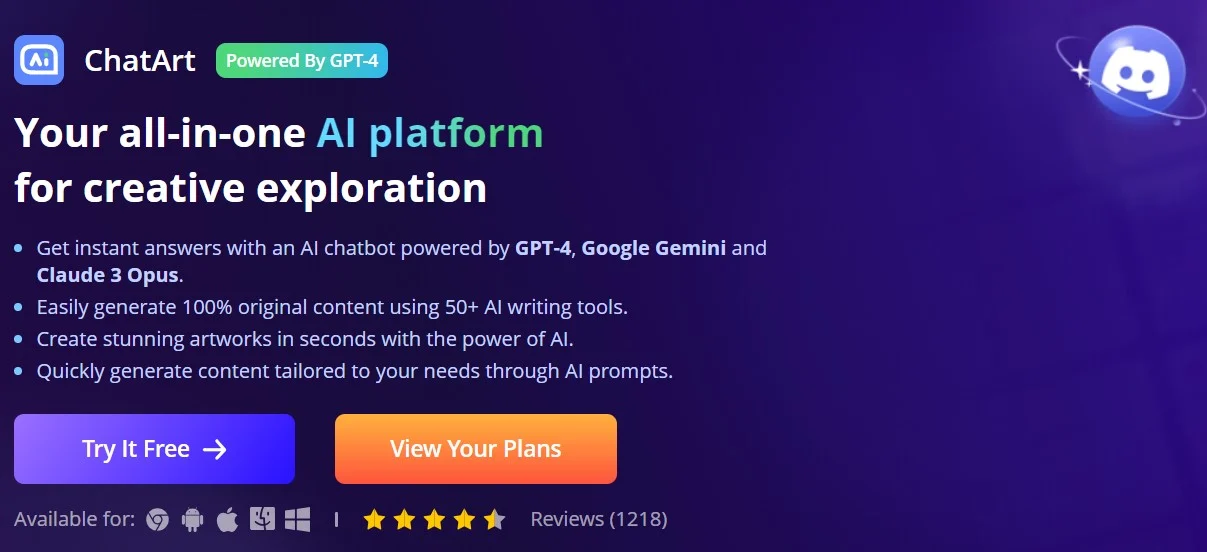
ChatArt is an innovative AI-powered tool that excels in voice recognition and natural language processing. With its advanced algorithms, ChatArt accurately transcribes spoken words into text and interprets commands with precision, making it an invaluable tool for communication and productivity.
Key Features and Capabilities
- High accuracy in voice recognition and transcription.
- Seamless integration with messaging platforms and productivity tools.
- Customizable settings for personalized user experience.
Real-world Use Cases or Examples
- Virtual meetings: Use ChatArt to transcribe meeting discussions and capture action items in real-time.
- Language learning: Practice pronunciation and improve language skills by interacting with ChatArt’s voice recognition capabilities.
IBM Watson
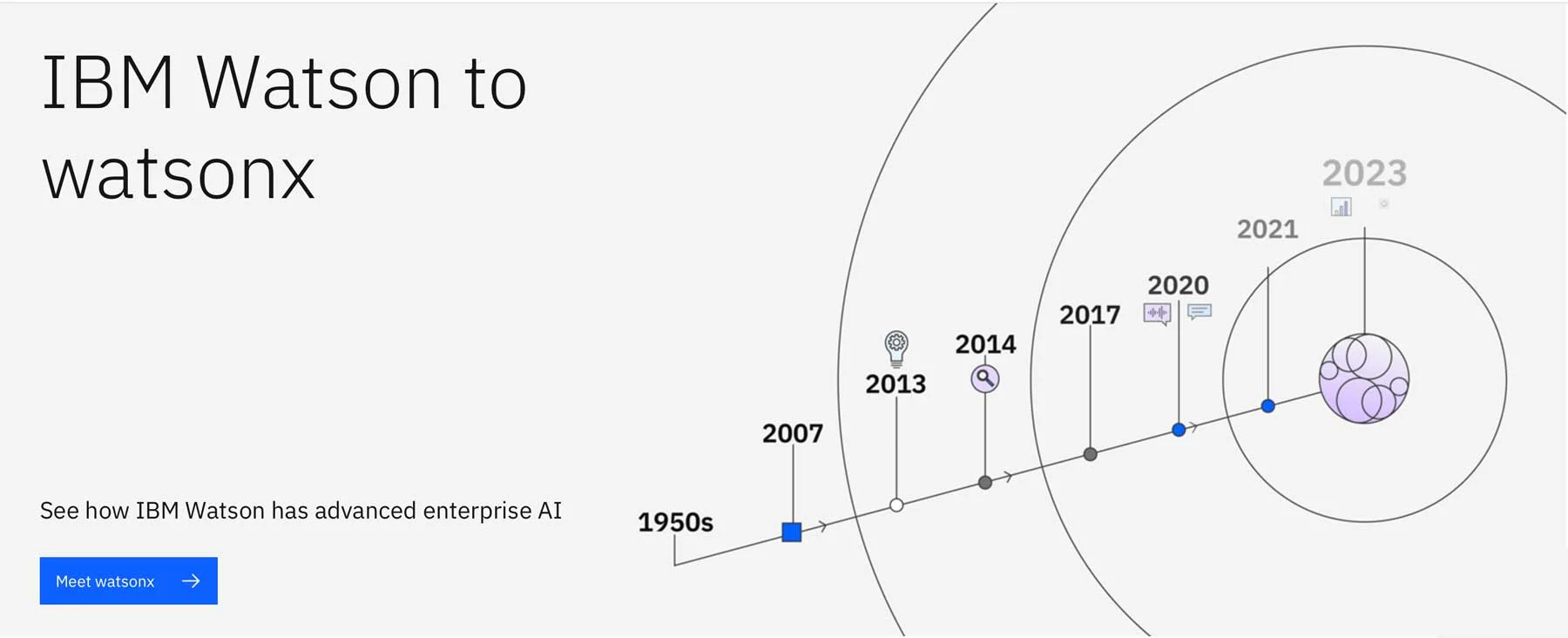
IBM Watson is a leading AI platform that offers advanced voice recognition capabilities among its array of services. Leveraging cutting-edge machine learning algorithms, IBM Watson delivers accurate and efficient voice-to-text conversion, enabling users to interact with devices and applications seamlessly.
Key Features and Capabilities
- Robust voice recognition technology with high accuracy rates.
- Integration with various IBM Watson services for enhanced functionality.
- Scalable architecture capable of handling large volumes of voice data.
Real-world Use Cases or Examples
- Healthcare: Use IBM Watson’s voice recognition capabilities to transcribe patient consultations and update medical records efficiently.
- Customer service: Improve response times and enhance customer satisfaction by implementing IBM Watson’s voice recognition in call centers.
Microsoft Cortana

Microsoft Cortana is a virtual assistant that boasts powerful voice recognition capabilities, allowing users to perform tasks and access information using voice commands. With its intuitive interface and deep integration with Microsoft products, Cortana enhances productivity and convenience for users across devices.
Key Features and Capabilities
- Natural language understanding for seamless interaction.
- Integration with Microsoft 365 suite for enhanced productivity.
- Personalized recommendations and reminders based on user preferences.
Real-world Use Cases or Examples
- Task management: Use Cortana to set reminders, schedule appointments, and create to-do lists using voice commands.
- Information retrieval: Access emails, calendar events, and relevant documents hands-free with Cortana’s voice recognition capabilities.
Apple Siri
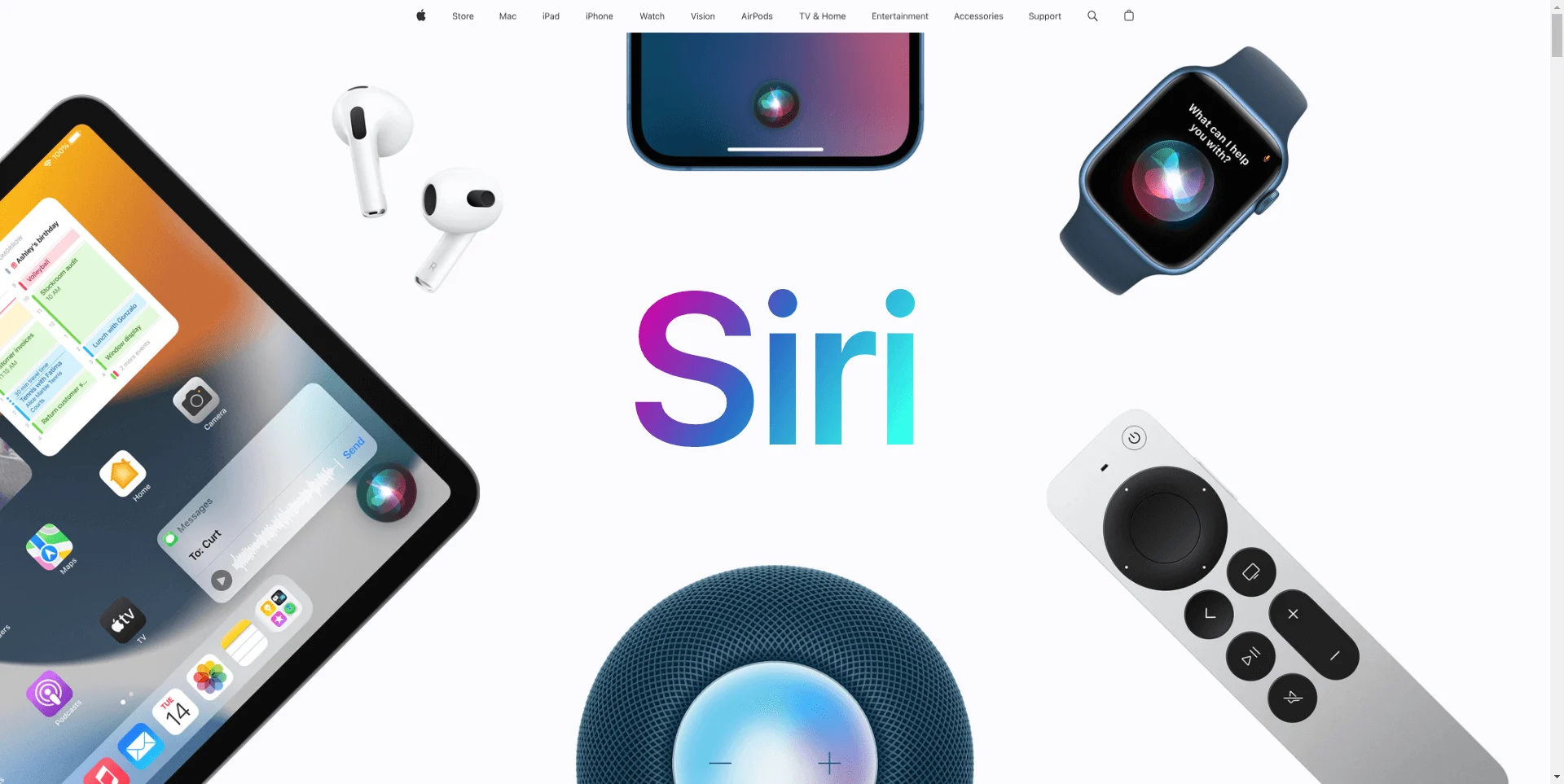
Apple Siri is a widely recognized virtual assistant renowned for its voice recognition capabilities and intuitive user interface. Whether it’s sending messages, setting reminders, or answering queries, Siri leverages AI to understand and respond to user commands with accuracy and efficiency.
Key Features and Capabilities
- Hands-free operation for convenient use on Apple devices.
- Integration with Apple ecosystem for seamless connectivity.
- Continual learning and improvement to enhance user experience.
Real-world Use Cases or Examples
- Navigation: Use Siri to get directions, find nearby places, and navigate through traffic while driving.
- Home automation: Control smart home devices using voice commands with Siri’s voice recognition technology.
Amazon Alexa
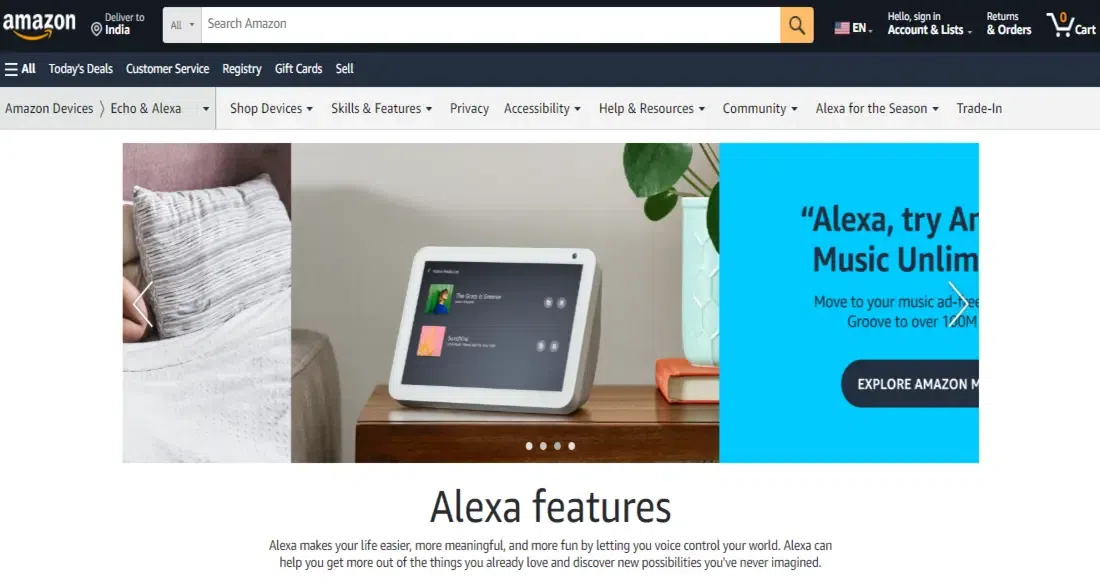
Amazon Alexa is a versatile virtual assistant that combines AI with voice recognition technology to deliver an immersive user experience. With its extensive range of skills and functionalities, Alexa empowers users to perform a wide variety of tasks using voice commands, from playing music to controlling smart home devices.
Key Features and Capabilities
- Wide range of skills and integrations with third-party apps and services.
- Multi-device compatibility for seamless interaction across devices.
- Continuous updates and improvements to enhance functionality.
Real-world Use Cases or Examples
- Entertainment: Use Alexa to stream music, play games, and listen to audiobooks with simple voice commands.
- Home automation: Control lights, thermostats, and other smart home devices hands-free using Alexa’s voice recognition capabilities.
Dragon NaturallySpeaking
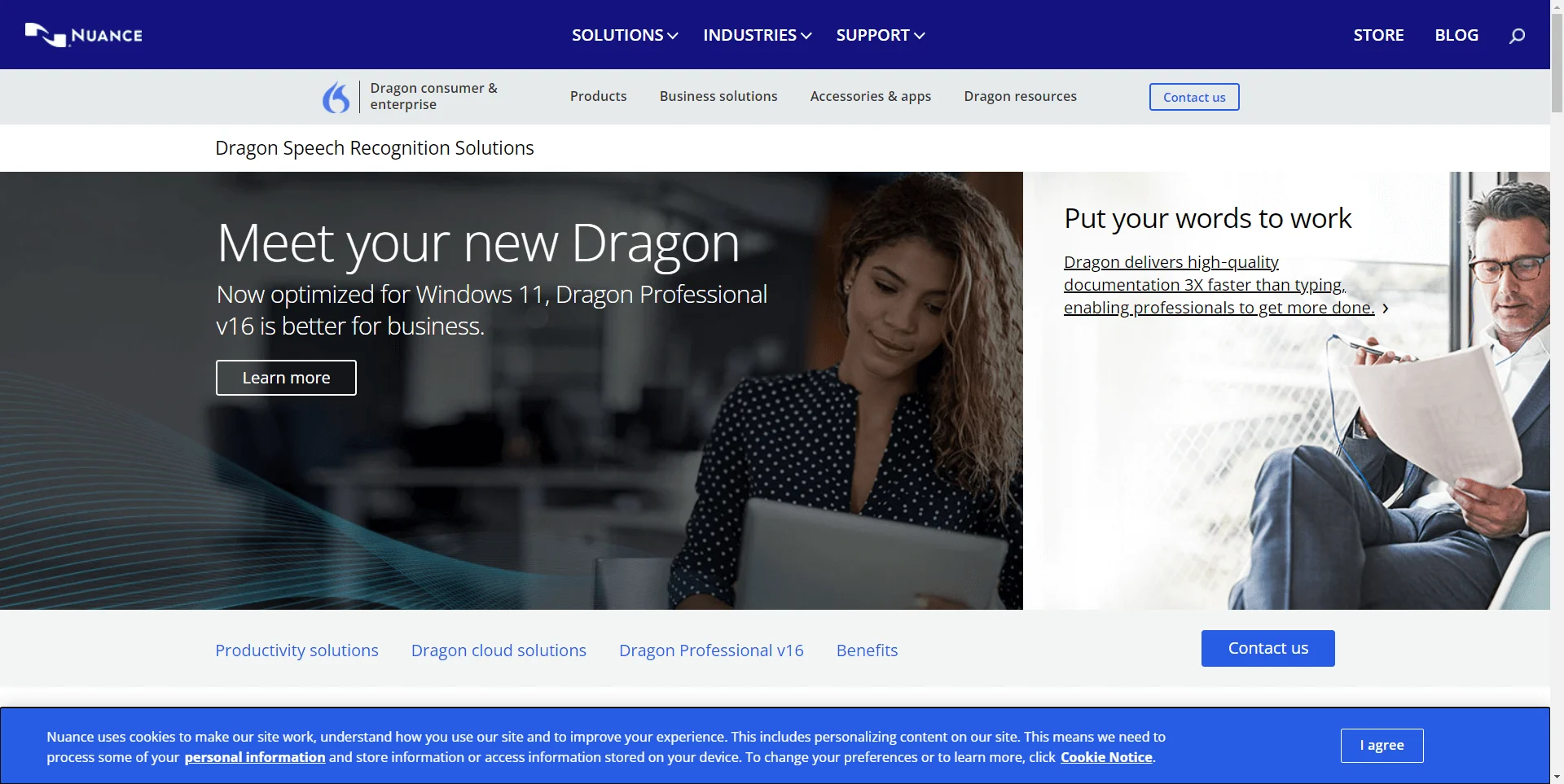
Dragon NaturallySpeaking is a powerful voice recognition software designed for professionals and individuals seeking efficient dictation and transcription solutions. With its advanced speech recognition algorithms, Dragon NaturallySpeaking accurately converts spoken words into text, allowing users to dictate documents and control applications with ease.
Key Features and Capabilities
- Industry-leading accuracy in speech recognition and transcription.
- Customizable vocabulary and commands for personalized user experience.
- Integration with popular productivity tools and applications.
Real-world Use Cases or Examples
- Document creation: Dictate emails, reports, and other documents with high accuracy using Dragon NaturallySpeaking’s voice recognition capabilities.
- Accessibility: Assist individuals with disabilities by providing hands-free control of computers and applications through voice commands.
Conclusion
AI-powered voice recognition tools are transforming how we interact with technology and access information. From virtual assistants to transcription software, these tools offer unparalleled convenience and productivity enhancements for users across various domains. By leveraging the power of AI, individuals and organizations can streamline workflows, improve accessibility, and unlock new possibilities in communication and collaboration.
